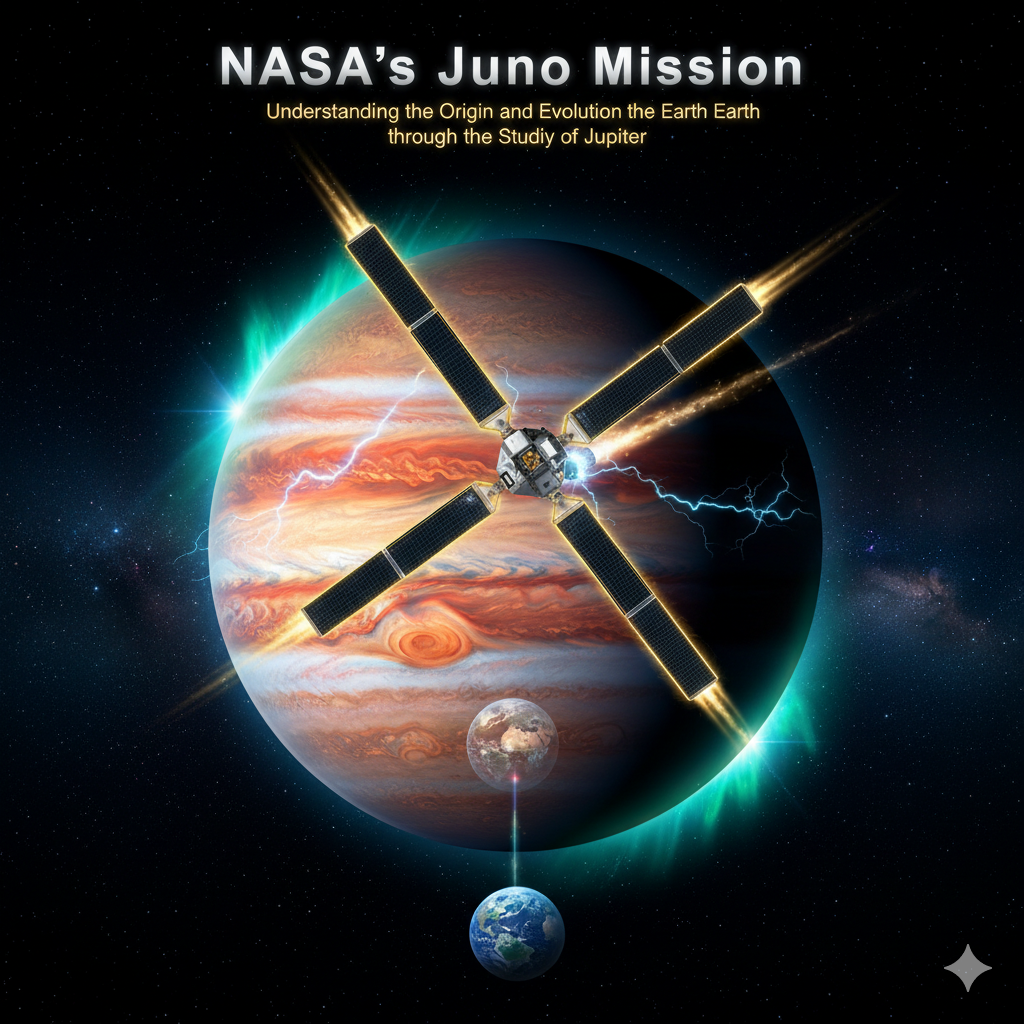Introduction
Oceans cover more than 70% of the Earth’s surface and are essential for maintaining global climate, supporting biodiversity, and regulating biogeochemical cycles. Within this vast expanse, ocean currents and water masses play critical roles in shaping marine ecosystems, influencing climate, and affecting coastal environments.
While ocean currents are large-scale horizontal flows of seawater driven by wind, density differences, and the Coriolis effect, water masses are large bodies of seawater with relatively uniform temperature, salinity, and density characteristics. Both are interconnected yet differ in their mechanisms, timescales, and impacts. Understanding these differences is essential for assessing their role in marine life distribution, nutrient cycling, and coastal ecosystem dynamics.
This essay explores the differences in the impacts of ocean currents and water masses on marine life and coastal environments, supported by examples from different parts of the world.
1. Ocean Currents: Definition, Types, and Mechanisms
1.1 Definition
Ocean currents are continuous, directed movements of seawater, primarily influenced by:
- Wind patterns (e.g., trade winds, westerlies)
- Earth’s rotation (Coriolis effect)
- Thermohaline circulation (density-driven)
- Gravitational forces of the Moon and Sun
1.2 Types of Ocean Currents
- Surface Currents
- Occur in the upper 400 meters of the ocean.
- Driven primarily by wind and influenced by the Coriolis effect.
- Example: Gulf Stream in the Atlantic, Kuroshio Current in the Pacific.
- Deep Ocean Currents (Thermohaline Currents)
- Driven by density differences due to temperature and salinity.
- Part of the global conveyor belt, which circulates water between oceans.
- Example: North Atlantic Deep Water (NADW), Antarctic Bottom Water.
- Coastal Currents
- Influence coastal regions; driven by tides, wind, and freshwater influx.
- Example: California Current, Labrador Current.
2. Water Masses: Definition, Characteristics, and Formation
2.1 Definition
Water masses are large bodies of seawater with uniform properties such as temperature, salinity, and density. They form in specific regions and maintain their characteristics as they move across oceans.
2.2 Formation
- Surface cooling or warming: e.g., polar water masses formed by sea-ice formation.
- Evaporation and precipitation: salinity changes affect density.
- Mixing with other water masses: forms intermediate layers with distinct characteristics.
2.3 Examples
- Antarctic Intermediate Water (AAIW): cold, less saline water formed near Antarctica.
- North Atlantic Deep Water (NADW): dense, saline water that sinks and drives thermohaline circulation.
- Pacific Equatorial Water: warm, low-salinity water mass influenced by tropical rainfall.
3. Impacts of Ocean Currents on Marine Life
3.1 Nutrient Transport and Productivity
- Ocean currents transport nutrients from deep waters to surface layers (upwelling), enhancing primary productivity.
- Example: Peru Current (Humboldt Current) brings nutrient-rich cold water to the surface, supporting one of the world’s richest fisheries.
- Currents also distribute plankton, forming the base of marine food webs.
3.2 Temperature Regulation and Species Distribution
- Currents regulate sea surface temperatures, influencing the distribution of marine species.
- Example: Gulf Stream carries warm water to the North Atlantic, allowing tropical species to extend their range northward.
3.3 Migration Pathways
- Many marine species use currents for migration and spawning.
- Example: Eel species (Anguilla spp.) use Atlantic currents to reach breeding grounds.
3.4 Oxygenation
- Surface and deep currents enhance oxygen transport in oceans, vital for aerobic marine life.
- Example: Thermohaline circulation carries oxygen-rich water to deep ocean layers, supporting benthic communities.
3.5 Impacts on Coastal Fisheries
- Coastal currents influence fishing zones and seasonal productivity.
- Example: California Current along the US west coast brings cold, nutrient-rich water, sustaining high fish populations.
4. Impacts of Water Masses on Marine Life
4.1 Habitat Formation
- Water masses create distinct layers in the ocean (epipelagic, mesopelagic, bathypelagic), each supporting unique ecosystems.
- Example: Antarctic Bottom Water supports deep-sea benthic species adapted to cold, high-pressure conditions.
4.2 Temperature and Salinity Tolerance
- Marine species are sensitive to temperature and salinity variations of water masses.
- Example: Coral reefs thrive in warm, saline tropical surface waters but not in cold, dense polar water masses.
4.3 Biogeochemical Cycling
- Water masses influence nutrient availability, carbon storage, and oxygen content in different ocean layers.
- Example: Intermediate water masses transport dissolved nutrients across basins, sustaining mid-depth plankton populations.
4.4 Long-Term Climate Influence
- Water masses are integral to thermohaline circulation, which affects global climate and indirectly marine life.
- Example: North Atlantic Deep Water formation drives nutrient upwelling in the Southern Ocean, supporting krill populations crucial for whales and penguins.
5. Impacts on Coastal Environments
5.1 Ocean Currents
- Coastal Erosion and Sediment Transport
- Currents shape coastlines by redistributing sediments.
- Example: The Labrador Current contributes to sand deposition along parts of Eastern Canada.
- Currents shape coastlines by redistributing sediments.
- Temperature and Salinity Effects on Estuaries
- Warm or cold currents affect estuarine species and mangrove productivity.
- Warm or cold currents affect estuarine species and mangrove productivity.
- Storm Surges and Flooding
- Currents influence the intensity of coastal storms and waves.
5.2 Water Masses
- Stratification and Hypoxia
- Water masses can create stratified layers that limit oxygen penetration to lower depths, affecting benthic species.
- Water masses can create stratified layers that limit oxygen penetration to lower depths, affecting benthic species.
- Coastal Upwelling Zones
- Water masses interacting with coastal currents enhance nutrient upwelling, supporting productive fisheries.
- Example: Somali Current upwelling supports the Arabian Sea fishery.
- Water masses interacting with coastal currents enhance nutrient upwelling, supporting productive fisheries.
- Temperature Buffering
- Deep water masses regulate nearshore temperatures, reducing thermal stress on coastal ecosystems.
6. Key Differences in Impacts
| Feature | Ocean Currents | Water Masses |
|---|---|---|
| Primary Movement | Horizontal flow, mostly surface or shallow | Vertical and horizontal distribution, depth-specific |
| Timescale | Short-term (days to months) | Long-term (years to centuries) |
| Primary Influence on Life | Migration, nutrient transport, spawning | Habitat formation, temperature/salinity regulation |
| Coastal Impact | Direct: erosion, sediment transport, upwelling | Indirect: stratification, hypoxia, nutrient cycling |
| Example | Gulf Stream, California Current | North Atlantic Deep Water, Antarctic Intermediate Water |
7. Examples of Integrated Impacts
7.1 Humboldt Current System (Peru)
- Cold current supports nutrient upwelling, sustaining anchovy fisheries.
- Interacts with water masses (Equatorial Subsurface Water) to regulate oxygen and nutrient distribution.
7.2 Gulf Stream and North Atlantic Deep Water (NADW)
- Gulf Stream carries warm surface water northward, influencing coastal climates of Europe.
- NADW sinks in the North Atlantic, driving deep thermohaline circulation and supporting marine biodiversity in deep ocean layers.
7.3 California Current System
- Cold coastal current supports kelp forests and fisheries.
- Interaction with water masses maintains oxygenation and nutrient cycling in mid-depth layers.
8. Implications for Marine Conservation
- Fisheries Management
- Knowledge of currents and water masses aids in predicting fish migration and spawning grounds.
- Knowledge of currents and water masses aids in predicting fish migration and spawning grounds.
- Climate Change Mitigation
- Monitoring water mass characteristics is essential to assess ocean warming, acidification, and oxygen depletion.
- Monitoring water mass characteristics is essential to assess ocean warming, acidification, and oxygen depletion.
- Marine Protected Areas (MPAs)
- Placement of MPAs should consider current-driven larval dispersal and water mass habitats.
- Placement of MPAs should consider current-driven larval dispersal and water mass habitats.
- Coastal Infrastructure Planning
- Currents and water mass dynamics guide sustainable port construction, erosion control, and flood management.
- Currents and water mass dynamics guide sustainable port construction, erosion control, and flood management.
- Pollution Management
- Currents transport pollutants; understanding their patterns helps in designing waste disposal and oil spill response strategies.
9. Challenges and Future Directions
- Climate Change: Altered current patterns and water mass formation can disrupt marine ecosystems.
- Overfishing: Combined with changing currents, it threatens fish populations.
- Ocean Acidification: Interacts with water mass properties, impacting deep-sea organisms.
- Modeling Complexity: Predicting interactions between currents and water masses requires advanced oceanographic models.
Future approaches include:
- Integrated monitoring of currents and water masses.
- Satellite and autonomous underwater vehicle (AUV) technologies for real-time data.
- Ecosystem-based management combining oceanography, fisheries science, and coastal planning.
Conclusion
Ocean currents and water masses play distinct yet interconnected roles in shaping marine life and coastal environments. Currents primarily influence short-term nutrient transport, migration, and coastal dynamics, while water masses regulate habitat conditions, temperature, salinity, and deep-sea ecosystems. Together, they form a complex system that sustains biodiversity, regulates climate, and supports human livelihoods through fisheries and coastal resources.
Effective conservation of marine and coastal ecosystems requires understanding both these phenomena, integrating oceanographic science into fisheries management, climate adaptation strategies, and coastal planning. As climate change alters current patterns and water mass characteristics, adaptive management will be crucial to maintain ocean health and human well-being.




